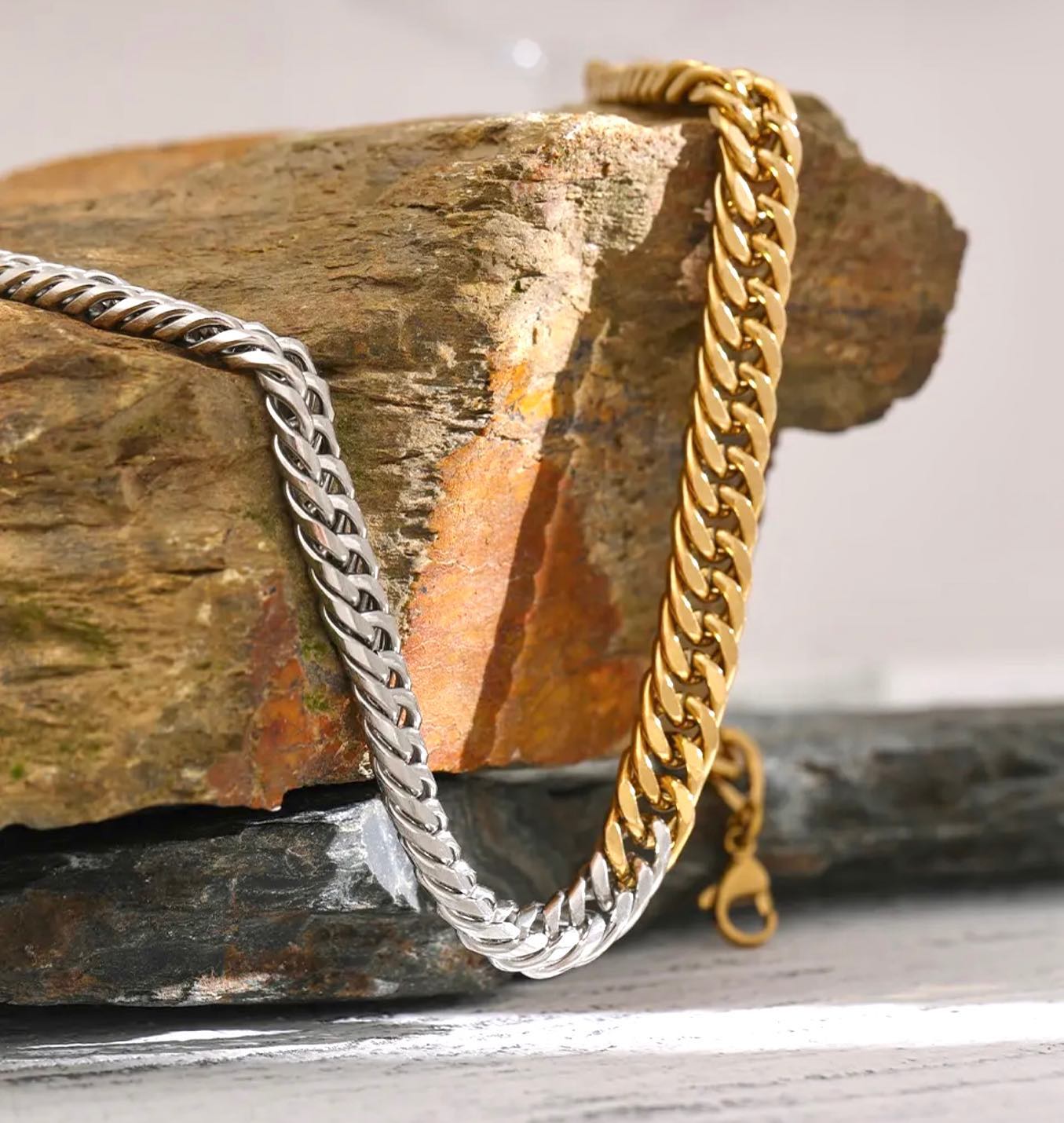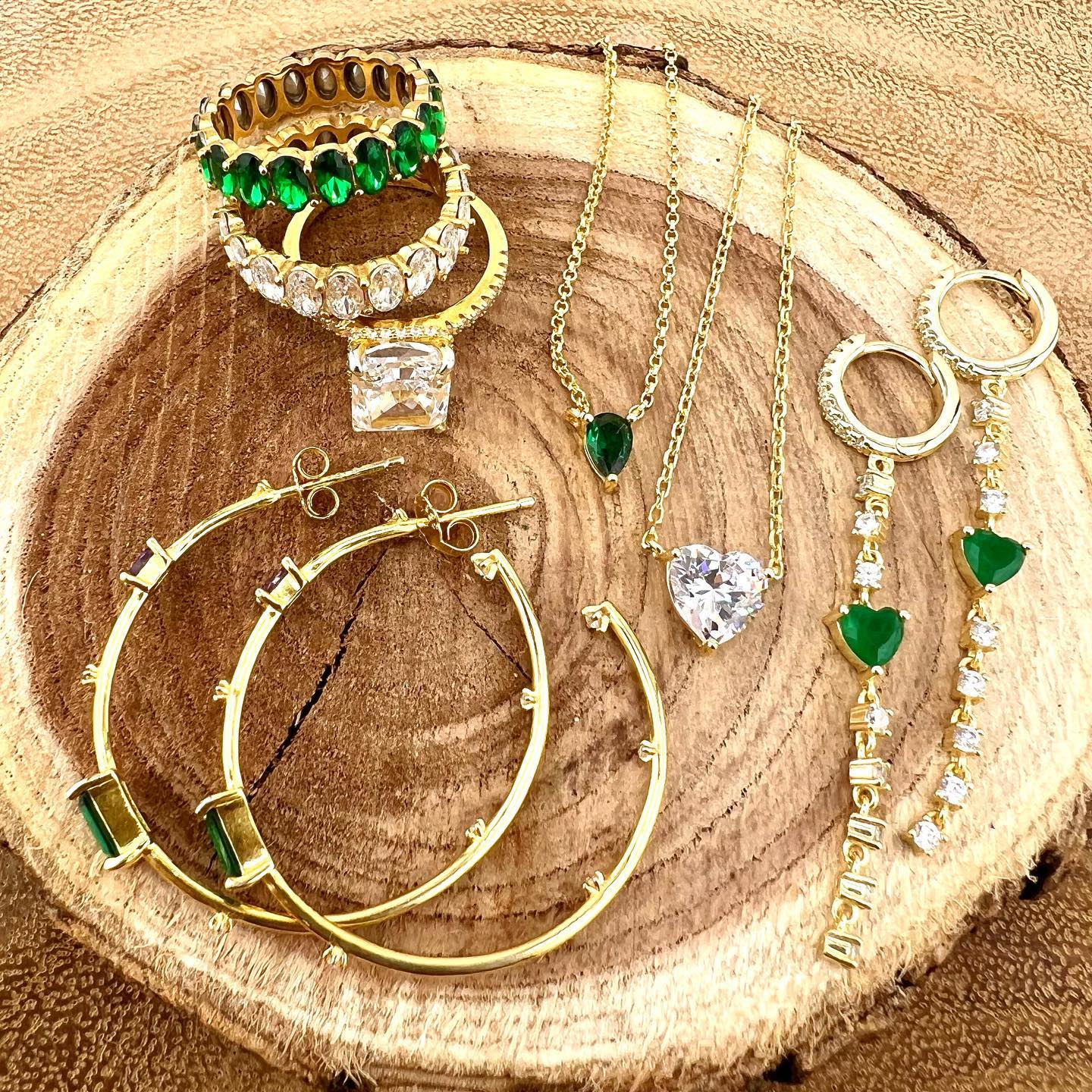
Glamour Meets Wellness: The Psychology of Dressing Up
In a world that increasingly prioritizes convenience and comfort, the art of dressing up—and more specifically, the daily choice to wear jewelry—can seem like a relic of the past. However, beneath the surface of these glittering adornments lies a profound connection to our mental and emotional well-being. This post explores the often overlooked psychological benefits of incorporating jewelry into our everyday attire, offering a fresh perspective at the intersection of glamour and wellness. Whether you're navigating the world of business, social engagements, or simply looking for a boost in your daily routine, understanding this connection can unlock new dimensions of self-expression and confidence.
The Significance of Dressing Up
The act of choosing our attire and accessories is far more than a mundane daily task; it's a ritual of self-expression that communicates volumes to the world around us. For women from all backgrounds and demographics, jewelry serves as not only an embellishment but a powerful tool for communication.
The Mental Wellness Connection
Several psychological studies have underscored the link between our appearance and our mental health. The concept of "enclothed cognition" suggests that the clothes and accessories we wear can significantly affect our psychological processes, impacting our performance, confidence, and even our abstract thinking. Wearing jewelry, therefore, isn't merely about aesthetics—it's an act that can elevate our mood, enhance our self-perception, and set the tone for our daily interactions.
Self-expression and Identity
In the vast landscape of fashion and personal style, jewelry holds a unique place. It allows for nuanced expressions of identity that can be dynamic, evolving with our moods and life stages.
From the bold entrepreneur who wears a statement piece to signify strength, to the retiring individual who cherishes a family heirloom for its sentimental value, jewelry speaks to our personal stories and values. In an age where individuality is celebrated, these small yet significant choices in adornment offer a route to genuine self-expression.
Looking Good and Feeling Good: Everyday Jewelry Tips
To integrate the psychological benefits of jewelry into your everyday life, consider the following tips:
● Choose pieces that resonate with your personal story: Jewelry that holds emotional significance or aligns with your aesthetic preferences is more likely to boost your mood and confidence.
● Consider versatility: Invest in pieces that can transition smoothly from day to night and casual to formal, ensuring that you feel prepared and polished for any situation.
● Balance is key: While statement pieces can be empowering, remember the power of subtlety. Delicate pieces can be just as impactful, adding a touch of elegance and sophistication to your daily ensemble.
● Explore symbolism: Many cultures attribute symbolic meanings to different stones and metals. Wearing jewelry that aligns with the qualities or energies you wish to attract can serve as a daily reminder of your personal aspirations and goals.
Conclusion
In today’s fast-paced world, pausing to consider our appearance—specifically, the role of jewelry in
our daily lives—might seem trivial. Yet, as we've explored, these choices have the power to influence our psychological well-being, offering pathways to greater self-expression, confidence, and mental wellness. Integrating jewelry into our daily ritual of dressing serves not just to enhance our appearance, but to foster a more mindful, empowered, and emotionally resilient self.
The fusion of glamour and wellness begins with recognizing the transformative power of adornment. By making intentional choices about the jewelry we wear, we not only elevate our style but also our spirit.


